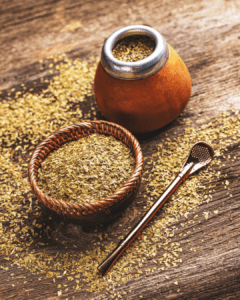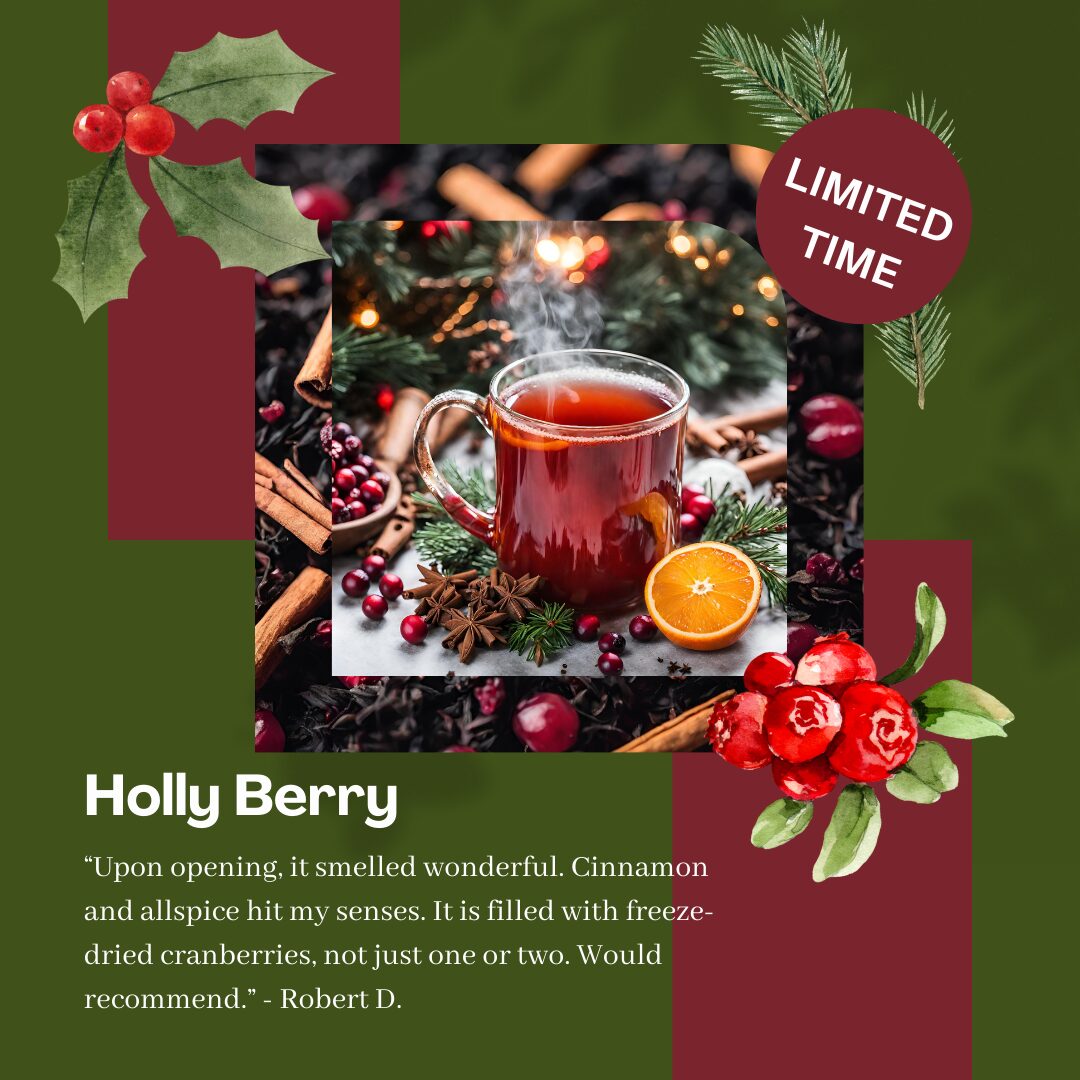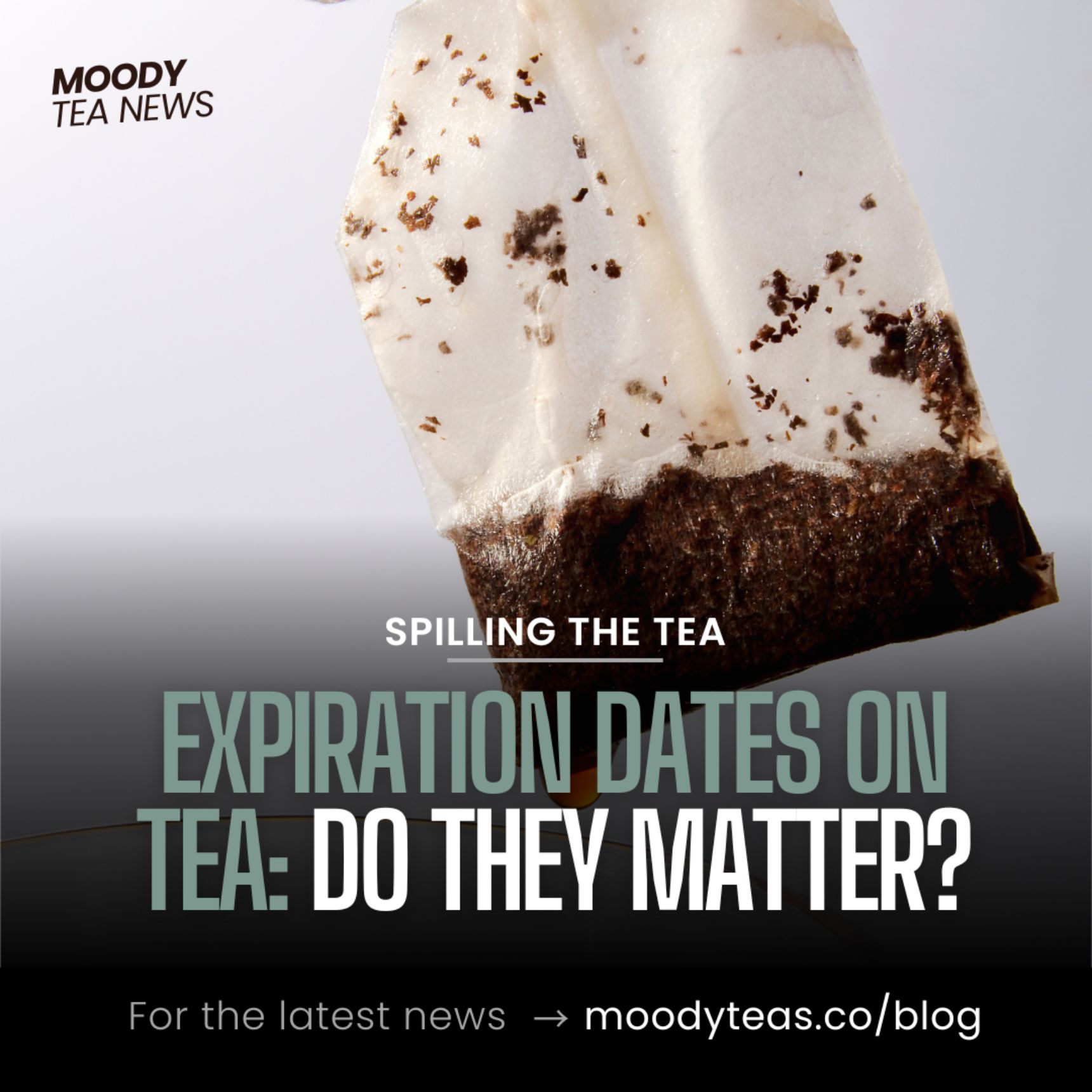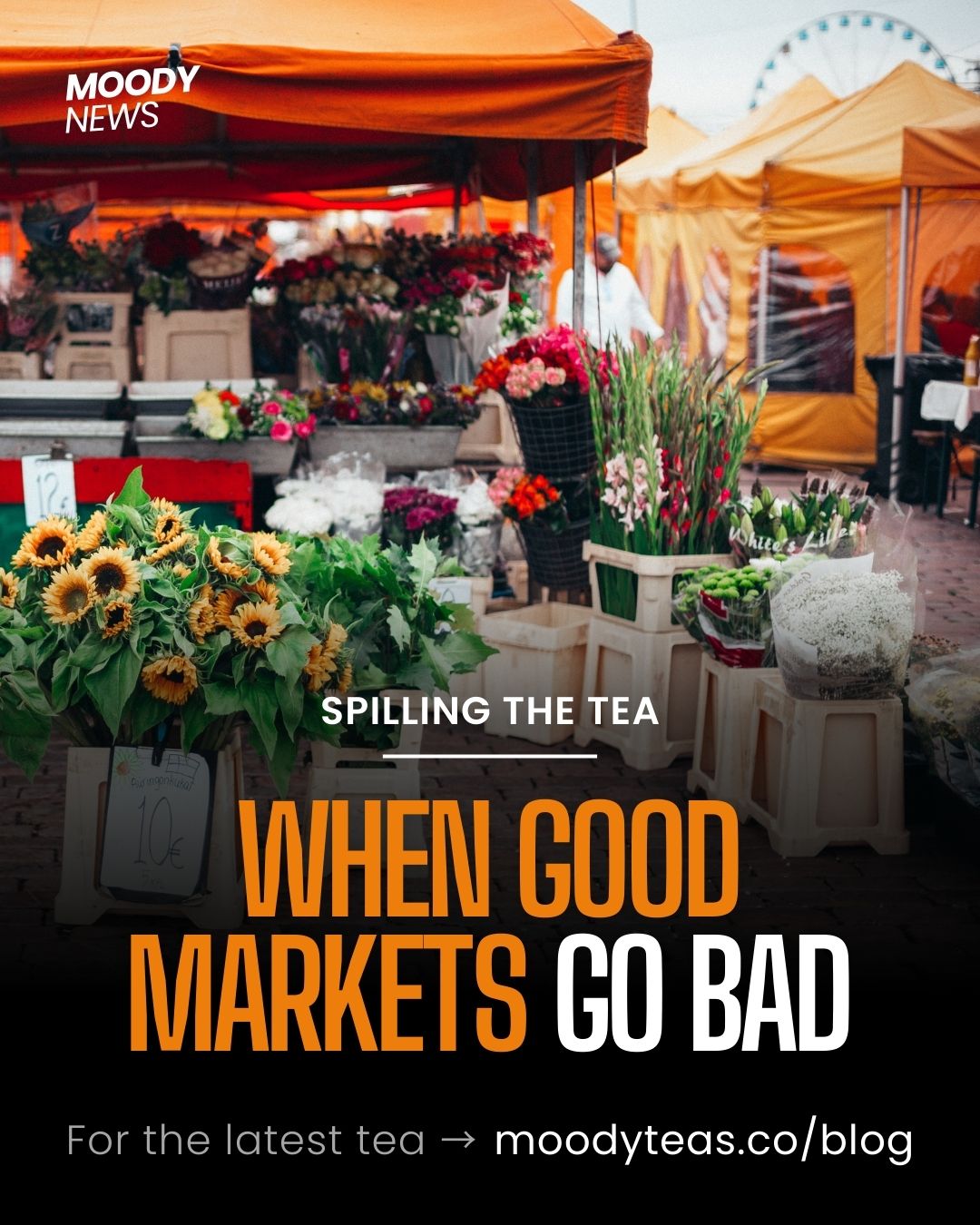Whether you’re new to tea or already a tea fanatic, chances are you’ve used a tea bag. You may even think tea bags are the way to go. They’re definitely accessible, they’re generally inexpensive, and they’re super convenient. But we’re here to let you in on a secret – tea bags are the worst type of tea you could drink! What about tea bags could be so bad? Check out these 6 reasons below!
6 Reasons Why Tea Bags Aren’t It
1. Tea bags are generally made with lower quality leaves and “tea dust”.
Tea leaves need room to brew to release their flavor, and most commercial tea bags are too small to give whole tea leaves enough room. When making a cup of tea using loose leaf, the leaves can circulate through the boiling water and swell. This swelling means the maximum flavor and color can be extracted from the tea. Instead of adapting the bags, tea companies adapted the tea inside to fit the bag. This means the tea bags are filled with tiny pieces of leaves and “tea dust.” When the tea leaves are broken up, essential oils that give the tea its flavor are destroyed. This results in less flavor when steeped. Loose leaf teas are more often high quality leaves, and therefore are more likely to give you a full bodied flavor with all the nuances of each ingredient.
2. Black tea bags are often made with CTC leaves.
Black tea leaves are especially likely to be made with tiny bits of tea because black tea bags are often made with CTC leaves. CTC leaves are made using the Cut, Tear, Curl method. This method replaces the oxidization step in making the traditional process of making black teas. This can bring out the strong malty flavors in the tea, but it also results in tiny bits of leaves. This means black tea bags may give you a strong malty flavor, but you’ll lose out on a lot of the nuanced flavors from traditional black teas with full leaves. Expect black tea bags to have a strong “black tea” flavor. However, you probably won’t see much difference between Assam, Darjeeling, or Irish Breakfast.
3. Loose leaves are often fresher compared to their bagged counterparts.
Loose leaf tea is usually fresher than tea bags because it has a shorter shelf life and is often packaged in smaller quantities. This means that the tea is more likely to retain its flavor and aroma when brewed.
4. Tea bags and the glue used to seal them may contain micro and nano sized bits of plastic.
Many tea bags are made from a type of plastic called polypropylene. This is used to seal the tea bags and keep them from falling apart. When the tea bag is steeped in hot water, some of the plastic particles can break off and enter the tea. This means that people who drink tea made from these tea bags may be unknowingly consuming microplastics. Studies have shown that some tea bags can release billions of microplastic particles per cup of tea. The amount of microplastics in tea can vary depending on the type of tea bag used, the temperature of the water, and the steeping time.
It’s not yet clear how consuming microplastics might affect human health. But, it’s a growing concern for environmentalists and health experts. Microplastics have been found in marine life, drinking water, and even in the air we breathe. There is also some evidence that microplastics can absorb and release harmful chemicals, which could potentially be harmful if consumed. To reduce your exposure to microplastics in tea, you can choose to use loose-leaf tea instead of tea bags. Or look for tea bags that are made from natural materials like paper, cotton, or silk. Some tea companies are also beginning to switch to plastic-free tea bags in response to consumer concerns.
5. Tea bags aren’t customizable!
Loose leaf tea allows for more customization when brewing. You can adjust the amount of tea, add ingredients, or even combine blends to create a more personalized and enjoyable tea experience.
6. Tea bags are often bleached or whitened for aesthetics.
Bleaching and whitening are common processes used in the manufacturing to create a uniform and visually appealing product. Tea bags may be bleached with a chlorine-based solution to remove any impurities and create a more uniform appearance. The process involves soaking the bags in a bleach solution, followed by rinsing and drying. However, the use of chlorine-based bleach can create harmful byproducts like dioxins and furans that are toxic to humans and the environment. After bleaching, some tea bags may be further whitened using hydrogen peroxide or other chemical agents. These agents can help to achieve a brighter, more uniform appearance. However, similar to chlorine bleach, the use of chemical agents for whitening can create harmful byproducts and impact the environment.
It’s worth noting that bleaching and whitening are not necessary for the tea to be drinkable or safe. These processes are primarily used for aesthetic reasons and to make the tea bags more visually appealing to consumers. If you’re concerned about the use of bleach and whitening agents in tea bags, you can look for bags that are labeled as unbleached or made from natural materials like paper or cotton. Alternatively, you can choose loose-leaf tea, which typically does not undergo these processes.
What to use instead
So what is a tea drinker to do? Well, there are plenty of higher quality options to give you a great cup with almost as much convenience as a tea bag.

- Tea balls: Tea balls are small metal or silicone devices that hold loose leaf tea and can be steeped in a cup or teapot. They are reusable and easy to clean, and they allow for more customization when brewing tea.
- Tea strainers: Tea strainers are small, mesh baskets or balls that sit in a cup or teapot and allow loose leaf tea to steep while keeping the tea leaves contained. They are often made from stainless steel or silicone and are reusable.
- Teapots or tumblers with infusers: Teapots and tumblers with built-in infusers allow you to brew loose leaf tea without needing a separate infuser or strainer. They are available in a variety of sizes and materials, including ceramic, glass, and stainless steel.
- Tea sachets: Tea sachets are similar to tea bags, but they are typically made from biodegradable and compostable materials like silk or cornstarch. They offer the convenience of bags, but with less environmental impact.
- Mate straws: Traditionally, Yerba Mate is served with the leaves and hot water in a gourd which you drink through a straw with a strainer at the bottom. While they’re definitely made for mate, we use these all the time to drink tisanes.
- Loose leaf: You can always brew loose leaf without a strainer! If you don’t mind drinking slowly (and maybe the odd leaf or two in your sip) you can just pour your water over your leaves! Our only note about this method is to choose your tea wisely. Teas (as opposed to tisanes) can get bitter the longer you steep them.
Not all tea bags are created equal
If you absolutely have to use tea bags, or you’re stubborn (no shade, us too) just remember that not all tea bags are created equal. We’re here for accessibility, not to shame you for your tea choices. We just want to show you the best tea has to offer. If you’re a tea bag only kinda person, here’s our advice. The ideal tea bag can vary depending on personal preference. If you do decide to buy some tea bags or fill your own, here are some things to look for:
Consider these when buying tea bags:
- Material: The ideal tea bag should be made from natural and biodegradable materials, such as unbleached paper, cotton, or silk. These materials are less likely to release harmful chemicals or microplastics when steeped in hot water. And they are more environmentally friendly.
- Size: The size of the tea bag should be appropriate for the amount of tea being brewed. A tea bag that is too small can limit the tea’s flavor and aroma. Alternatively, a bag that is too large can make it difficult for the tea leaves to expand and release their full flavor.
- Shape: The ideal tea bag should have a shape that allows the tea leaves to expand and infuse the water evenly. Pyramid-shaped tea bags are popular for this reason. They provide more space for the tea leaves to expand and allow for better water circulation.
- Seal: The tea bag should be sealed with a material that is safe for food contact and does not affect the tea’s flavor or aroma. Biodegradable and compostable adhesives are ideal.
- Brand transparency: The ideal tea bag should come from a brand that is transparent about its ingredients and sourcing practices. Brands that prioritize quality, sustainability, and fair labor practices are often preferred by tea enthusiasts.
Ultimately, the ideal tea brewing method is one that produces a flavorful and aromatic cup of tea, while also being environmentally friendly and transparent about its ingredients and sourcing practices. And we’re hear to help you find that ideal brew for you!
What are your favorite brewing tools and methods? Do you like gongfu? Only drink iced mocktails? Let us know in the comments below and we’ll write about your favorite brews!






